Ditch the Pump: Claiming the Clean Vehicle Tax Credit
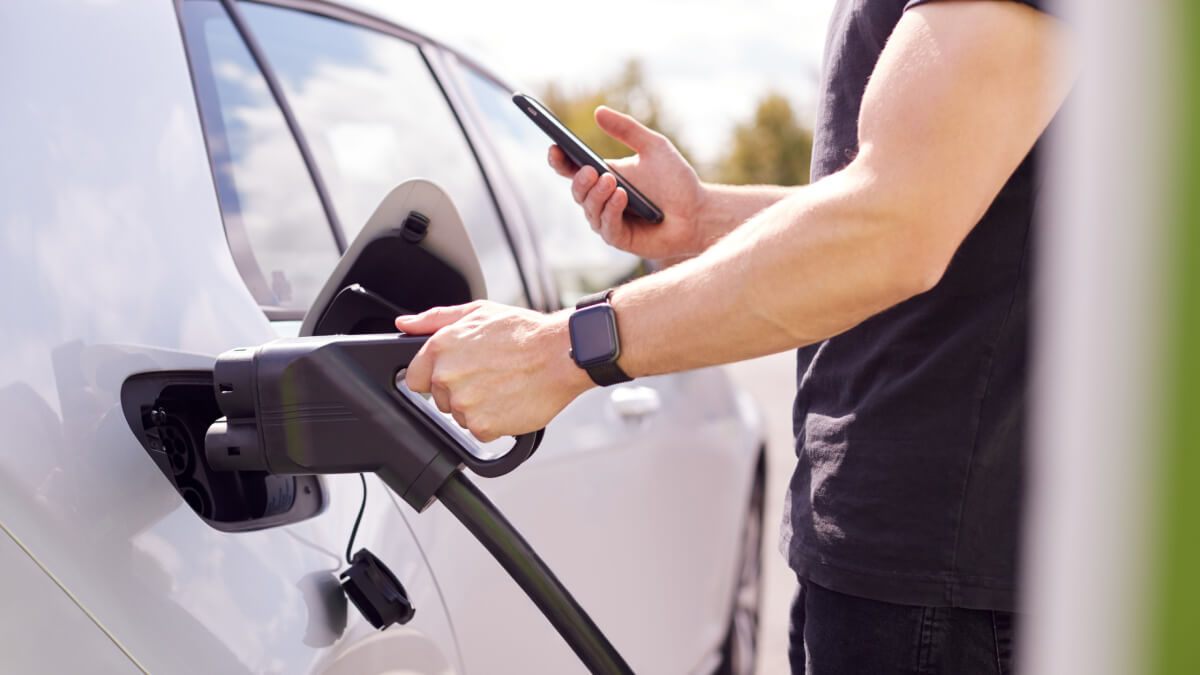
We may be approaching winter, but things have been looking sunny for motorists. Gas prices have declined since September 19, hitting a national average of just below $3.25.
It’s a welcome relief for our wallets. But before we get too comfortable, remember that there’s no guarantee that these lower gas prices will stick around in the long term. While we may be enjoying the benefits of cheaper gasoline now, it’s important to consider the bigger picture. Our reliance on fossil fuels not only contributes to pollution and climate change but also leaves us vulnerable to fluctuations in the energy market. Just think about it – what if gas prices skyrocket again? Are you prepared to bear the burden of increasing costs at the pump?
This is where transitioning to electric vehicles (EVs) becomes a game-changer. By embracing alternative fuel sources like electric or hybrid vehicles, we can reduce our dependence on gasoline and insulate ourselves from the volatility of the global energy market.
But transitioning to clean vehicles can come with its own challenges, namely the purchase cost. That’s where the clean vehicle tax credit comes into play. This credit offers a financial incentive for individuals who purchase qualified clean vehicles. It’s a win-win situation – you save money on your purchase, and the environment benefits from reduced emissions.
Understanding the Clean Vehicle Credit
Under the clean vehicle credit, you may qualify for up to $7,500 credit when you purchase new clean vehicles and up to $4,000 for used EVs. The credit is nonrefundable, meaning it will only be applied to your current tax liability. Any excess credit cannot be carried over to future tax years.
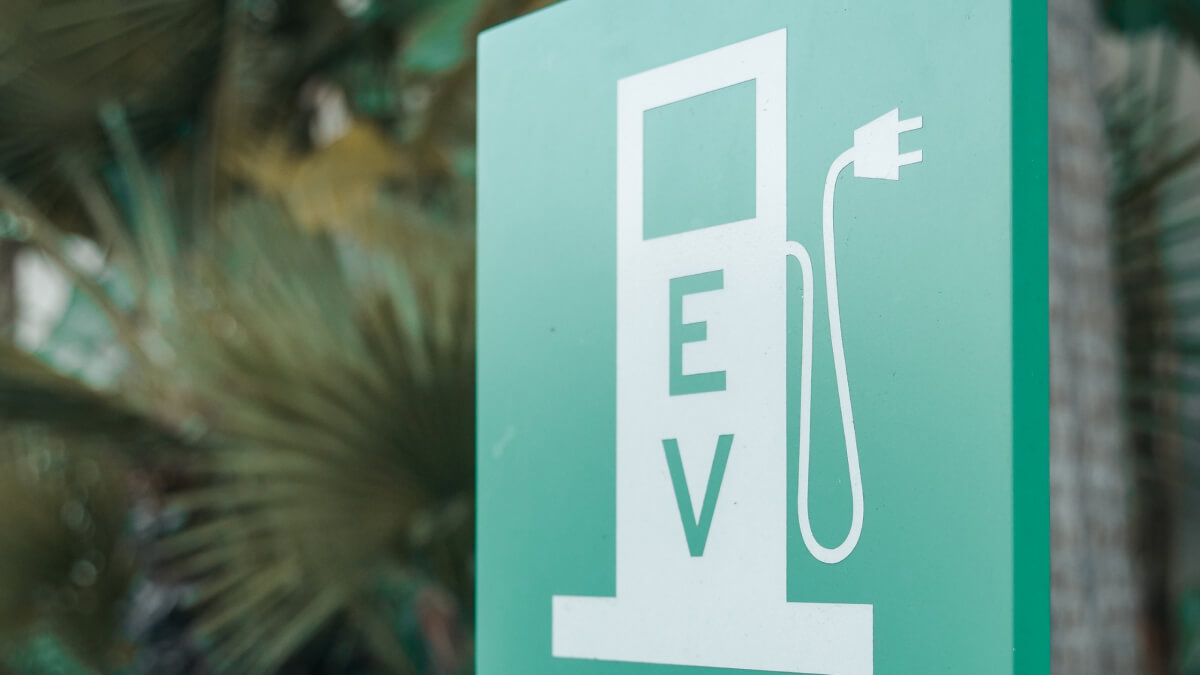
Eligibility Criteria
Several criteria must be considered when determining your eligibility for the clean vehicle credit:
1. Types of Qualified Vehicles: Whether you’re looking at new or used electric vehicles (EVs) or fuel cell vehicles (FCVs), it’s crucial to ensure they meet the requirements to qualify for the credit.
- New Clean Vehicles: The vehicle must have a battery capacity of at least seven kilowatt-hours and a gross vehicle weight rating of less than 14,000 pounds. Additionally, these vehicles should be from qualified manufacturers (unless they are FCVs) and must have undergone final assembly in North America. Reviewing the mineral and battery component requirements for vehicles put into service from April 18, 2023, is essential.
- Previously Owned Clean Vehicles: The vehicle you purchase must have a model year at least two years prior to the current year. Moreover, it must be sold by a dealer registered with the IRS. It should not have been previously transferred to a qualified buyer after August 16, 2022. It is important to note that similar requirements for battery capacity and gross vehicle weight rating also apply to previously owned clean vehicles.
Be sure to utilize this tool to assist you in identifying eligible models.
2. Price Limitations: Eligibility is further qualified by the vehicle’s price:
- New Clean Vehicles: The manufacturer’s suggested retail price (MSRP) must be at most $80,000 (vans, sport utility vehicles, and pickup trucks) or $55,000 (other vehicles).
- Previously Owned Clean Vehicles: The sale price should not exceed $25,000.
3. Use and Purpose: The clean vehicle you purchase must be for personal use and primarily used in the United States.
4. Income Threshold: Your adjusted gross income (AGI) should not exceed specific thresholds depending on whether you’re purchasing a new EV or a previously owned one.
- New Clean Vehicles: $300,000 if married and filing jointly, $225,000 if head of household, and $150,000 for all other filers.
- Previously Owned Clean Vehicles: $150,000 if married and filing jointly, $112,500 if head of household, and $75,000 for all other filers.
Use your modified AGI from the year you took delivery of the vehicle or the year before, whichever is less. You can still claim the credit if your modified AGI is below the threshold in either of the two years
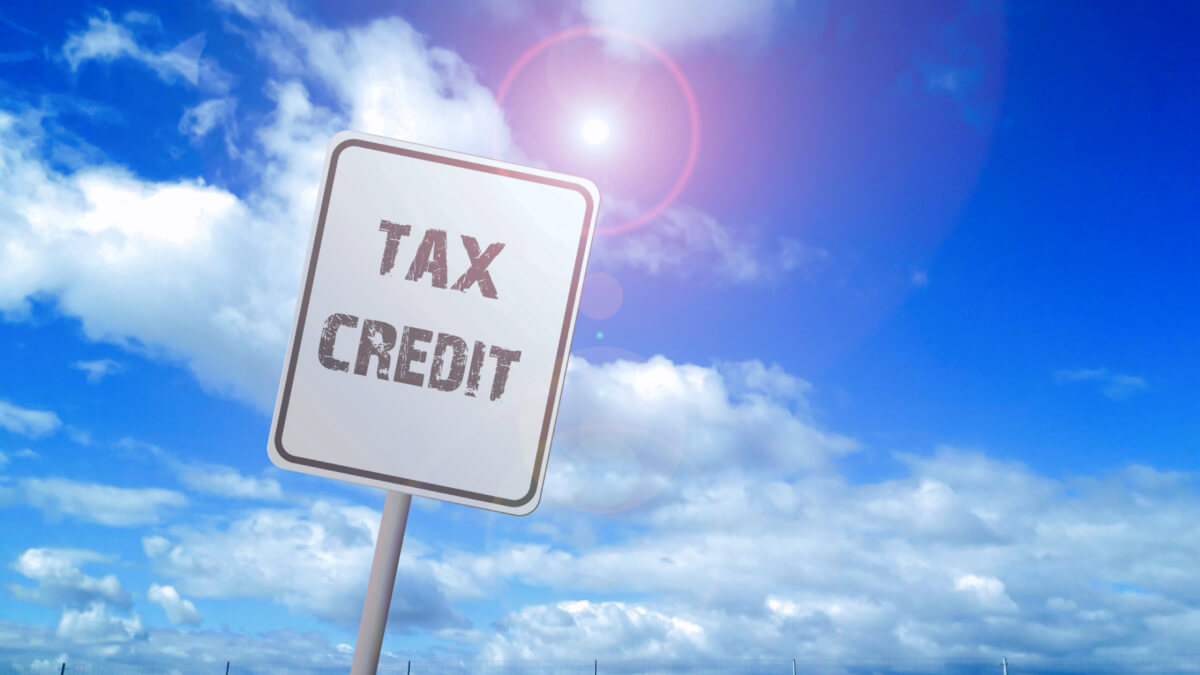
Calculating the Tax Credit
The first step is determining the base amount for the tax credit. The base amount depends on when the vehicle was placed in service:
- January 1 to April 17, 2023 – $2,500
- Beginning April 18, 2023 – $3,750 if the vehicle meets only one of the two: critical minerals requirements or battery components requirements, and $7,500 if it meets both.
After determining the base amount, adjustments are made based on the battery capacity. Vehicles with larger battery capacities receive a higher tax credit, as they can generally travel longer distances on electric power alone. Thus, you’ll add $417 for a vehicle with at least seven kilowatt-hours and another $417 for each kilowatt-hour of battery capacity beyond five kilowatt-hours.
On the other hand, credit for used clean vehicles is 30% of the sale price, which must not exceed $4,000.
Contact your trusted tax professional today to better understand how the tax credit is calculated.
New Rule in 2024
A new option awaits taxpayers for clean vehicles delivered beginning January 1, 2024. Rather than using the credit to offset their tax liability, they can transfer the credit to the dealer at the time of purchase. This transfer allows eligible dealerships to reduce the cost of the vehicle or provide the consumer with a cash equivalent. This updated rule presents a greater opportunity for individuals to fully maximize the credit, as the amount they can save is no longer restricted by their tax liability.
Maximizing the Clean Vehicle Tax Credit
When buying a clean vehicle, you can explore different avenues to maximize the tax credit. There are several strategies you can use to optimize your overall savings.
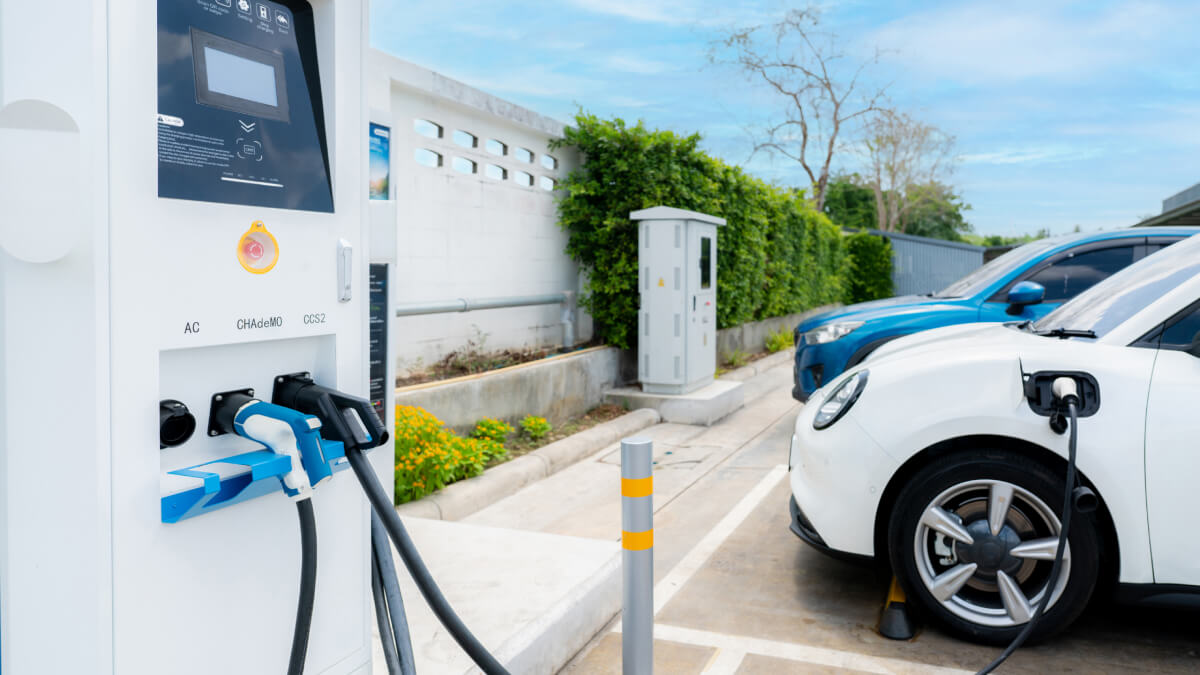
Buying New vs. Used Clean Vehicles
One key consideration is whether to buy a new or used clean vehicle. While both options come with some tax credit for eligible vehicles, there are differences in the eligibility level and the potential savings. New vehicles are eligible for the full tax credit, whereas used ones are only eligible for a reduced credit.
Also, used vehicles tend to have a lower purchase price than new vehicles. This means the tax credit you can claim on a pre-owned EV may still lead to a lower overall purchase price than a new vehicle. However, the former may require more maintenance and repairs, affecting their overall cost-effectiveness.
Combining with Other Incentives
Another way to maximize the clean vehicle tax credit is to combine it with other incentives. Numerous states and local governments provide extra incentives for buying EVs, such as rebates and credits. You can also explore private incentives that may be accessible in your region. For example, in Wisconsin, various programs exist to make EV charging stations accessible.
These incentives can be stacked with the federal tax credit, allowing you to save even more money on your purchase.
Key Takeaway:
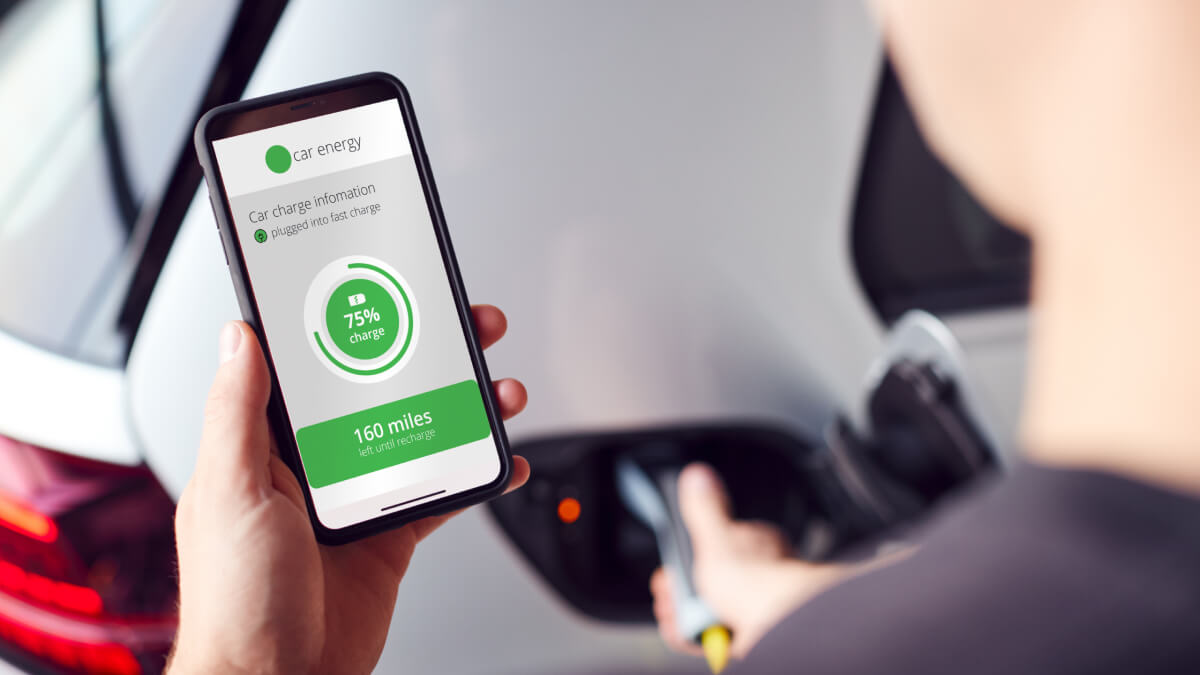
While we may be enjoying temporary relief from lower gas prices, the volatile nature of the energy market reminds us that we need to plan for the future. By embracing alternative fuel sources, such as electric or hybrid vehicles, we can reduce our reliance on fossil fuels and contribute to cleaner air and a healthier planet. The clean vehicle tax credit is a valuable incentive, providing financial benefits for those who choose to switch.
Ditch the pump and contribute to a greener future now! We recommend working with MBE CPAs tax professionals for personalized guidance and assistance in optimizing your clean vehicle tax credit. They can help you explore the eligibility requirements, research available clean vehicle options, and determine the best strategy to take advantage of the tax credit in conjunction with other incentives.
Our marketing affiliate and contributor, Brand House Marketing, wrote this article. They provide creative and personalized marketing solutions, both traditional and digital, for brands like yours. You can also reach out to them to gain insights into consumer behavior, the latest marketing trends, or technological advancements.
